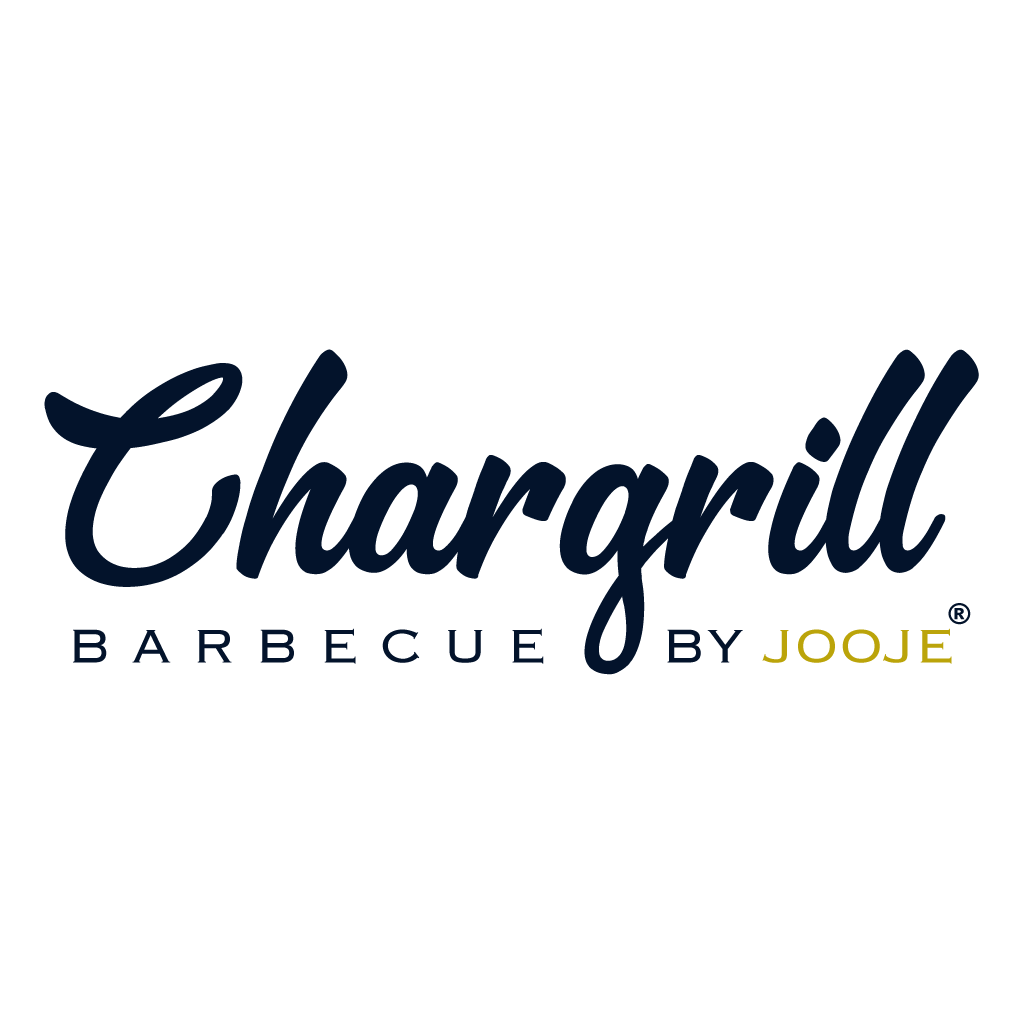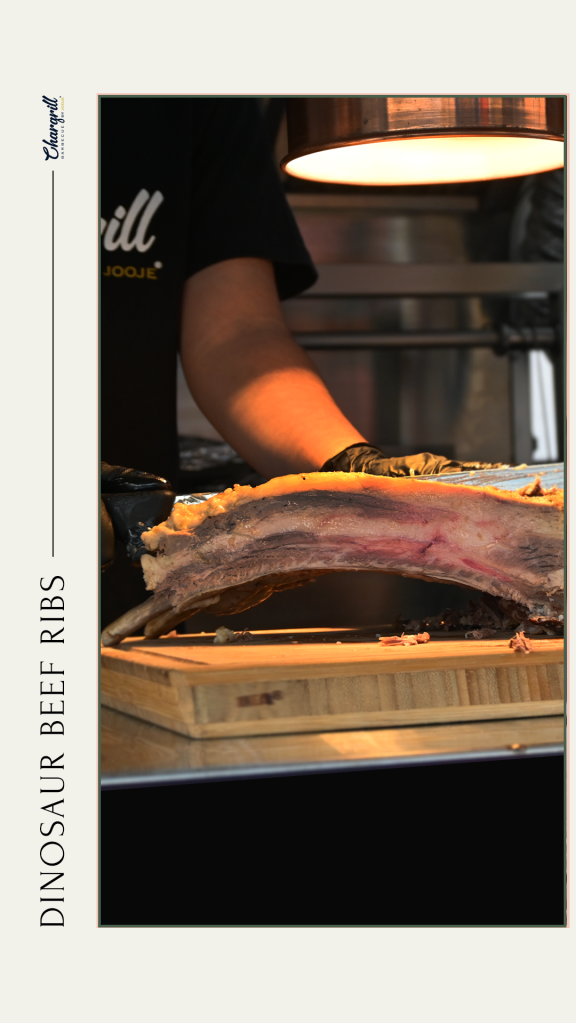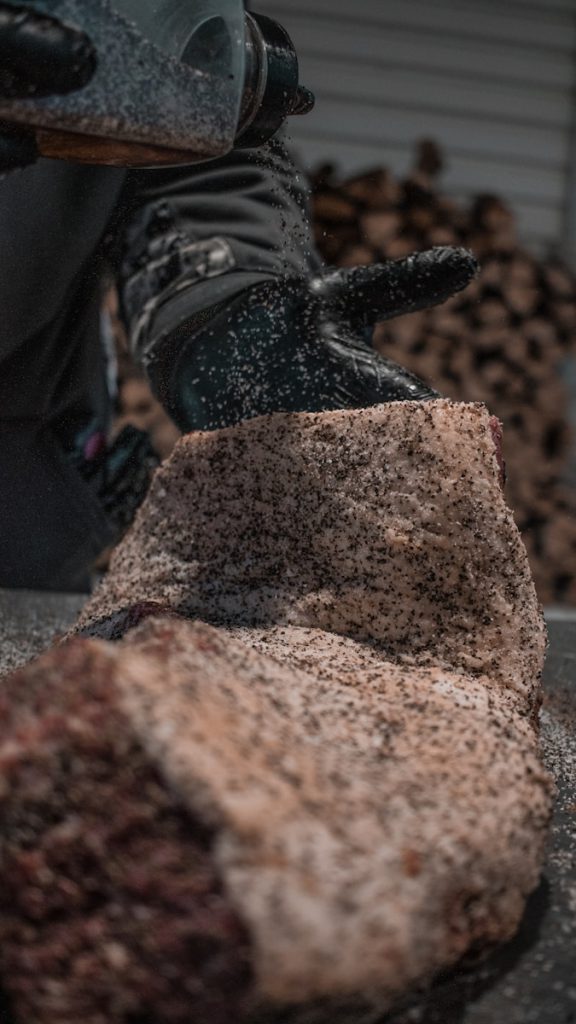Choosing the best brisket for smoking is crucial for achieving a tender and flavorful result. This guide will help you understand the different aspects of selecting the best brisket, including grades, cuts, and key considerations. When it comes to selecting the perfect brisket for smoking in Australia, there are specific considerations and brands that can help you achieve the best results. Here’s a comprehensive guide to help you make an informed choice.
Brisket Cuts in Australia
The Point and Flat
The brisket is divided into two main parts: the point and the flat. The point is more marbled and flavorful, ideal for shredded meat, while the flat is leaner and better for slicing.
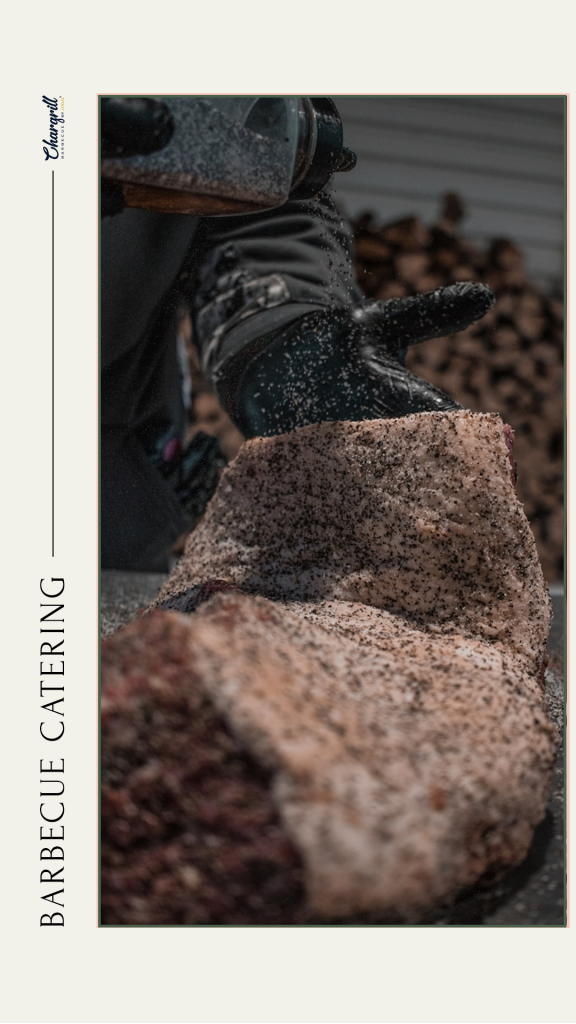
Here are the Australian Terminology:
In Australia, you might come across terms like “Navel End” and “Point End.” The Navel End is more squared and ideal for neat slices, whereas the Point End is fattier, making it perfect for rich, juicy smoked beef.
Recommended Brisket Brands in Australia
Stockyard Beef
Stockyard Beef offers high-quality grain-fed beef, known for its excellent marbling and flavor. Their products are divided into categories like Stockyard Gold and Wagyu Black, which are well-regarded for their quality.
Pardoo Wagyu
Pardoo Wagyu, including the award-winning Okan Wagyu, is renowned for its superior marbling and tenderness. This brand is highly sought after for its rich flavor and high quality, making it a top choice for smoking brisket
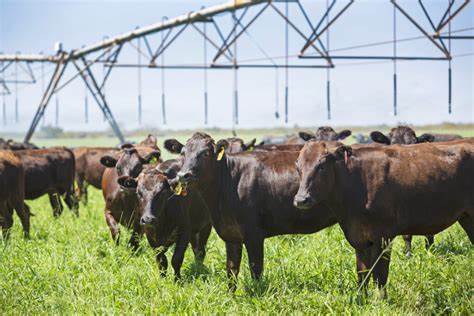
Rangers Valley
Rangers Valley produces several premium beef products, including their Black Market and Black Onyx Beef lines, which are known for their consistent quality and exceptional marbling
Kilcoy Global Foods
Their Carrara 640 brand offers Wagyu beef with a minimum of 350-400 days of grain-feeding, resulting in a melt-in-your-mouth experience. This brand is ideal for those looking for a luxurious, buttery brisket
Factors to Consider When Choosing Brisket
Marbling
Look for briskets with moderate marbling. The intramuscular fat ensures the meat stays juicy and flavorful during the long smoking process. High-quality briskets, like those from Wagyu breeds, will have superior marbling
Fat Cap
Ensure the fat cap is about 1/4 inch thick. This thickness is enough to keep the meat moist without being excessive. Trim any hard fat or overly thick layers to avoid unnecessary weight and cost
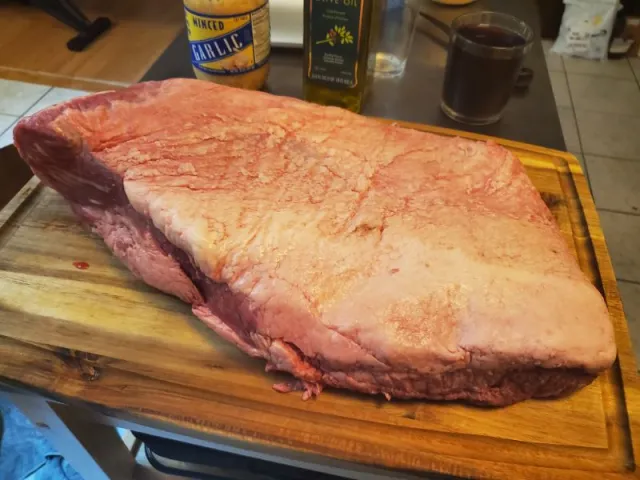
Size and Weight
Choose a brisket size that fits your smoker and meets your needs. For small gatherings, a 3-4 kg brisket is sufficient. For larger groups, consider a whole packer brisket, which can weigh up to 9 kg
Freshness and Color
Select briskets that have a dark red or purplish hue, indicating freshness. The meat should feel firm to the touch, not mushy, and should not have any unpleasant odors.
Usual Smoking Method Methods for Brisket
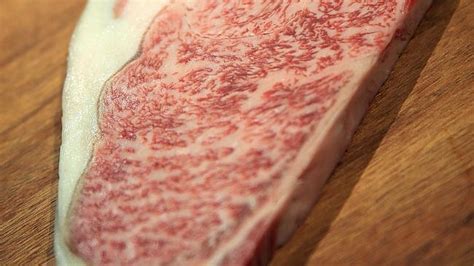
Smoking is the traditional method, offering the best flavor. Maintain a consistent temperature and consider wrapping the brisket during the cooking process to retain moisture, especially for leaner cuts.
Slow Cooking and Braising
For those without a smoker, slow cooking or braising are excellent alternatives. These methods are particularly good for the Point End, which has more fat and connective tissue, ensuring a tender result
Understanding USA Brisket Cuts
Subprimal Cuts
Brisket is typically divided into two subprimal cuts: the flat and the point. The flat is a leaner, rectangular cut, ideal for slicing. The point is more marbled and flavorful, often used for shredding.
Whole Packer Brisket
A whole packer brisket includes both the flat and the point, providing a balance of lean meat and marbled fat, which is essential for a well-rounded smoke.
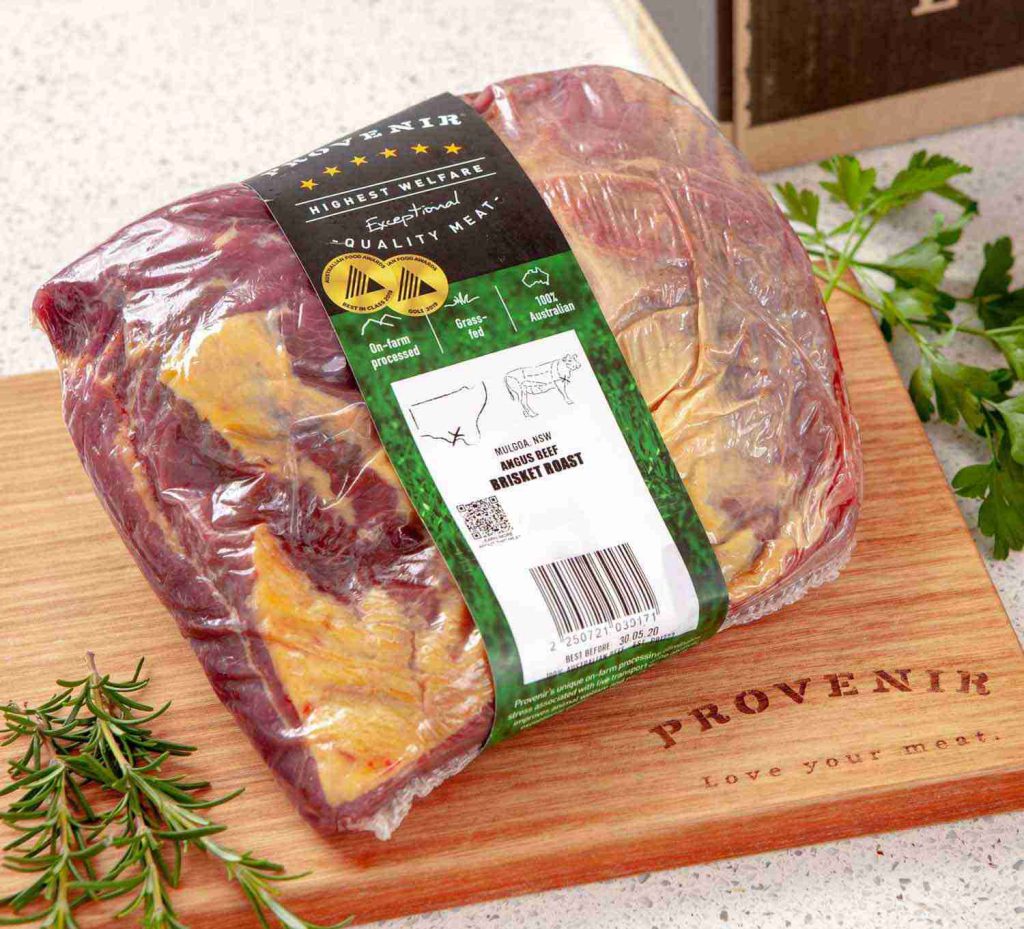
Choosing Between Flat and Point
- Flat: Better for thin slices, dries out faster, usually 6-10 pounds.
- Point: Richer flavor, better for shredding, typically 4-7 pounds.
Considerations for Each Cut
- Look for uniform thickness in the flat.
- Ensure the point has sufficient marbling for flavor.
Table: Brisket Cut Comparison
| Feature | Flat | Point | Whole Packer |
|---|---|---|---|
| Shape | Rectangular | Rounded | Both |
| Marbling | Lean | Richer marbling | Mixed |
| Weight | 6-10 lbs | 4-7 lbs | 10-20 lbs |
| Cooking Use | Slicing | Shredding | Versatile |
Bullet Points: Key Takeaways
- The flat is easier to slice and leaner.
- The point is juicier and better for shredded meat.
- Whole packer offers the best of both worlds.
Grades of Beef
USDA Grades
- Prime: Highest grade, excellent marbling, tender meat.
- Choice: Good marbling, still a great choice for smoking.
- Select: Least marbling, not recommended for smoking.
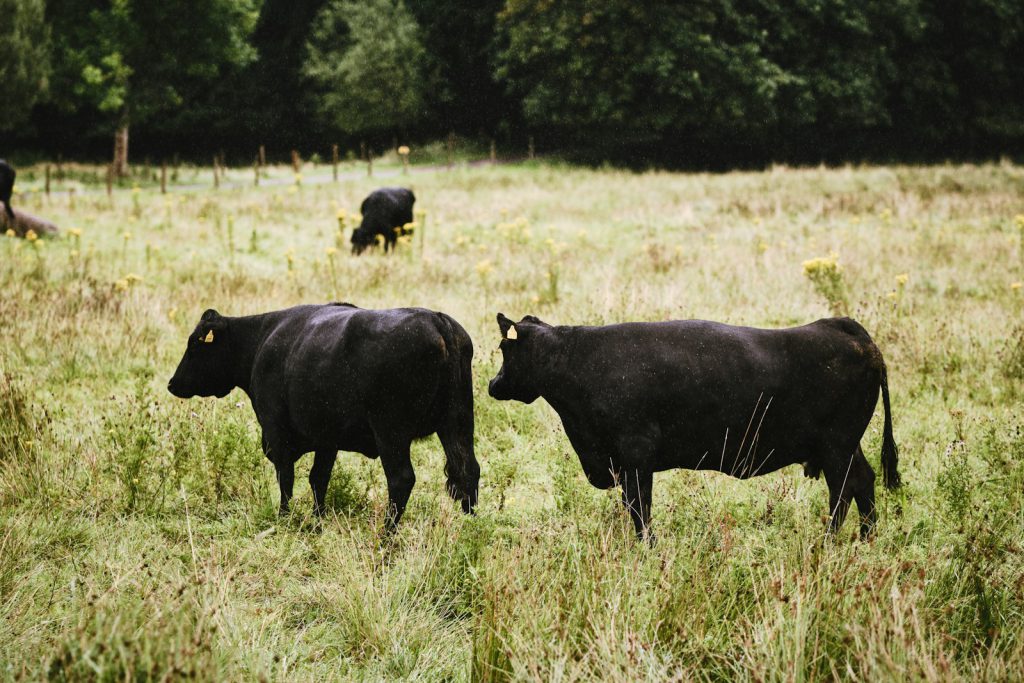
Wagyu Beef
For the ultimate experience, Wagyu beef provides unparalleled marbling and a buttery texture, although it comes at a premium price.
Impact of Grades on Smoking
- Prime and Choice grades ensure a juicier and more flavorful brisket.
- Avoid Select grade as it lacks the necessary fat content for smoking.
Table: USDA Beef Grades
| Grade | Marbling | Tenderness | Ideal For |
|---|---|---|---|
| Prime | Excellent | Very tender | Best choice |
| Choice | Good | Tender | Good option |
| Select | Minimal | Less tender | Not recommended |
Bullet Points: Grade Insights
- Prime offers the best quality but is more expensive.
- Choice is a good middle-ground option.
- Avoid Select for smoking.
Fat Content
Importance of Marbling
Marbling, or intramuscular fat, is crucial for a tender and flavorful brisket. It melts during smoking, basting the meat internally.
Fat Cap
The fat cap on the brisket should be about 1/4 inch thick. Excessive fat should be trimmed to avoid unnecessary weight and cost.
Trimming Tips
- Trim the fat cap to 1/4 inch.
- Remove any hard pieces of fat.
- Ensure even distribution of fat for consistent cooking.
Table: Fat Content Guide
| Feature | Ideal Thickness | Importance |
|---|---|---|
| Fat Cap | 1/4 inch | Bastes meat, prevents drying |
| Marbling | Even distribution | Enhances tenderness |
| Hard Fat | Remove | Avoids tough texture |
Bullet Points: Fat Considerations
- Proper fat cap thickness is essential.
- Marbling ensures tenderness and flavor.
- Trim hard fat for better texture.
Weight and Size
Ideal Weight
The ideal weight for a brisket is between 10-20 pounds. This range ensures that the brisket is manageable and cooks evenly.
Size Considerations
- Ensure the brisket fits your smoker.
- Larger cuts take longer to cook.
Cooking Time Based on Weight
- Calculate approximately 1 hour per pound at 225°F.
Table: Weight and Cooking Guide
| Weight | Cooking Time | Suitability |
|---|---|---|
| 10-14 lbs | 10-14 hours | Beginners |
| 15-20 lbs | 15-20 hours | Experienced pitmasters |
Bullet Points: Weight Tips
- Start with a 10-14 pound brisket.
- Ensure it fits your smoker.
- Calculate cooking time accurately.
Color and Texture
Ideal Color
Look for a dark red or purplish color, indicating freshness and proper aging.
Texture Check
The brisket should feel firm, not mushy. Avoid discolored or overly wet meat.
Freshness Indicators
- Check for a pleasant, meaty smell.
- Ensure the packaging is intact and not leaking.
Table: Color and Texture Guide
| Feature | Ideal Characteristics | Importance |
|---|---|---|
| Color | Dark red/purplish | Indicates freshness |
| Texture | Firm | Ensures quality |
| Freshness | Pleasant smell, comes in intact packaging | Safe to cook |
Bullet Points: Color and Texture Tips
- Dark red color indicates good quality.
- Firm texture means fresh meat.
- Check for packaging integrity.
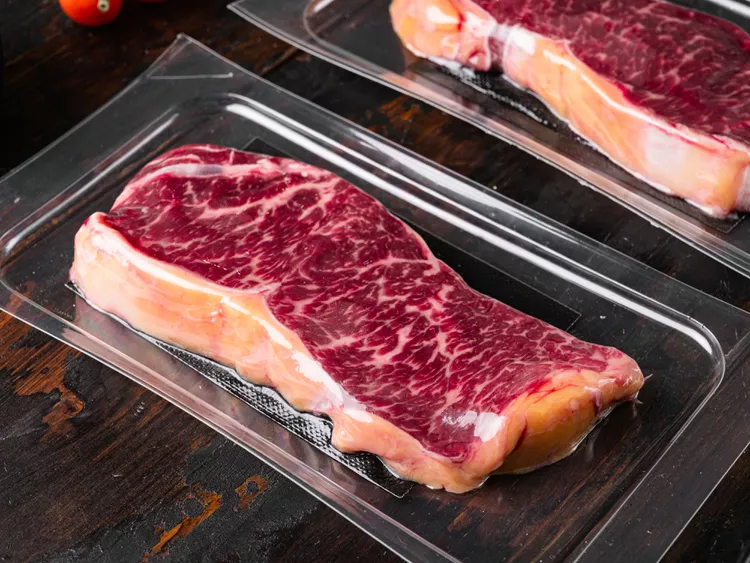
Freshness and Storage
Buying Fresh Brisket
Always check the expiration date and ensure the brisket smells fresh.
Storing Brisket
If not using immediately, freeze the brisket to maintain quality and make sure to Thaw properly before smoking.
Freezing Tips
- Freeze brisket in vacuum-sealed bags.
- Thaw in the refrigerator for 24-48 hours before smoking.
Table: Freshness and Storage Guide
| Action | Recommendation | Notes |
|---|---|---|
| Buying | Check expiration date | Smell for freshness |
| Freezing | Vacuum-seal | Thaw in fridge |
| Thawing | 24-48 hours in fridge | Maintain quality |
Bullet Points: Freshness Tips
- Always check expiration dates.
- Freeze brisket if not using immediately.
- Thaw properly to maintain texture.
Building a Relationship with Your Butcher
Benefits
A good relationship with your butcher ensures you get the best cuts and expert advice.
Tips for Engaging Your Butcher
- Ask for recommendations based on your needs.
- Request specific cuts and trimming services.
- Build rapport for better service.
Butchers often have access to higher-quality cuts and can provide personalized advice.
Table: Butcher Relationship Benefits
| Action | Benefit | Notes |
|---|---|---|
| Asking questions | Expert recommendations | Personalized advice |
| Requesting cuts | Access to better quality | Customized service |
| Building rapport | Improved service | Long-term benefits |
Bullet Points: Butcher Engagement
- Ask for specific recommendations.
- Request trimming services.
- Build a rapport for better service.
Wyy Trimming the Brisket
Proper trimming ensures even cooking and better flavor. It removes excess fat and unwanted bits.
Steps to Trim Brisket
- Trim the fat cap to 1/4 inch.
- Remove hard pieces of fat and gristle.
- Round off square corners to prevent drying.
Tools for Trimming
Use a sharp boning knife and a sturdy cutting board for best results.
Table: Trimming Guide
| Step | Action | Importance |
|---|---|---|
| Fat Cap | Trim to 1/4 inch | Even cooking |
| Hard Fat | Remove completely | Better texture |
| Corners | Round off | Prevents drying |
Bullet Points: Trimming Tips
- Trim the fat cap properly.
- Remove all hard fat.
- Round off corners for even cooking.
Different Cooking Methods
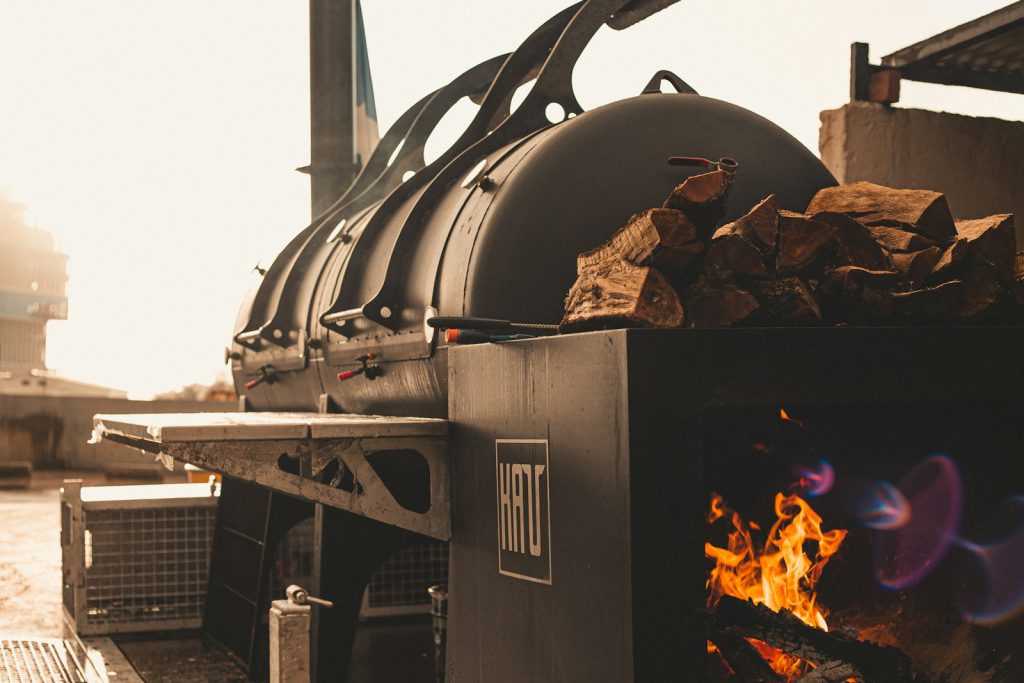
Smoking Brisket
Smoking is the traditional method, providing a rich, smoky flavor.
Oven Cooking
Brisket can also be cooked in an oven at 300°F for about 1 hour per pound.
Slow Cooker
For a tender result, cook brisket in a slow cooker on low for 8-10 hours.
Table: Cooking Methods Comparison
| Method | Temperature | Cooking Time | Result |
|---|---|---|---|
| Smoking | 225°F | 1-1.5 hours per pound | Smoky flavor |
| Oven | 300°F | 1 hour per pound | Juicy, less smoky |
| Slow Cooker | Low | 8-10 hours | Very tender |
Bullet Points: Cooking Methods
- Smoking provides the best flavor.
- Oven cooking is convenient and reliable.
- Slow cooking ensures tenderness.
For further details and more tips on choosing the perfect brisket in Australia, refer to The Meat Inn Place, Super Butcher, and Teys Australia.
What’s the Best Brisket Cut for Smoking?
The best brisket for smoking is a whole packer brisket, which includes both the flat and point. This cut offers a balance of lean meat and marbled fat, resulting in a flavorful and tender brisket.
How Do I Know If My Brisket Is Fresh?
Check the expiration date, smell the meat for any off odors, and ensure the packaging is intact and not leaking. The brisket should have a dark red or purplish color and feel firm to the touch.
Can I Freeze Brisket Before Smoking?
Yes, vacuum-seal and freeze the brisket if you’re not using it immediately. Thaw it in the refrigerator for 24-48 hours before smoking to maintain quality and texture.
How Thick Should the Fat Cap Be on a Brisket?
The fat cap should be trimmed to about 1/4 inch thick. This thickness helps protect the meat during smoking and provides enough fat to baste the meat internally without being excessive.
What Are the Key Factors to Look for When Choosing a Brisket?
When choosing a brisket, consider the following: Grade (opt for Prime or Choice), Cut (whole packer is ideal), Fat content (even marbling and proper fat cap), and Size (ensure it fits your smoker and is manageable for you to cook).
Can I Cook Brisket in an Oven or Slow Cooker Instead of a Smoker?
Yes, you can cook brisket in an oven at 300°F for about 1 hour per pound or in a slow cooker on low for 8-10 hours. While smoking gives the best flavor, these methods can also yield tender and delicious brisket.
What’s the Difference Between the Flat and the Point of a Brisket?
The flat is leaner and rectangular, ideal for slicing, while the point is more marbled and flavorful, better suited for shredding. A whole packer brisket includes both cuts, providing a balanced flavor and texture.
